The European Union (EU) is the world's second largest steel producer after China, with an annual production capacity of around 150 million metric tonnes in 2021 and more than 500 steel production facilities in 22 member states. The sector is a vital component of the EU economy, employing around 310,000 people directly and many more in downstream sectors of the steel value chain, such as construction or the automotive industry. It contributes around €125 billion a year to the EU's GDP. More importantly, steel is an indispensable material for various parts of the energy transition, such as wind turbines, solar power plants, electricity transmission and distribution infrastructure and energy storage systems.
At the same time, the steel industry poses a significant environmental challenge, accounting for ~190 million tonnes CO2eq, or about 5% in relative terms, of greenhouse gas (GHG) emissions in the EU. To meet Europe's emission reduction targets, steel production needs to become CO2-neutral by 2050. The traditional coal-based blast furnace route for primary steel production has become an energy-optimised process that offers little potential for further increases in efficiency and emission reductions.
Decarbonising the steel industry requires a multi-pronged approach. No single solution can tackle this enormous challenge alone. Instead, a combination of solutions is needed, including demand reduction through optimisation of steel use, increased recycling rates and technological solutions for primary production, such as hydrogen direct reduced iron (DRI) and carbon capture and storage (CCS). These decarbonisation pathways should be implemented collectively and synergistically.


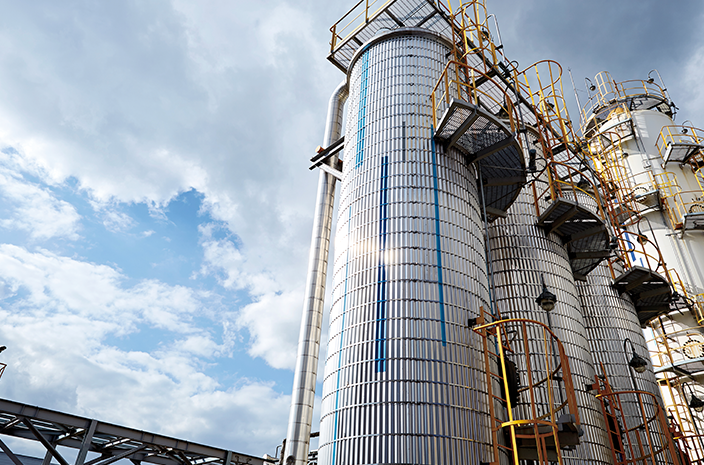
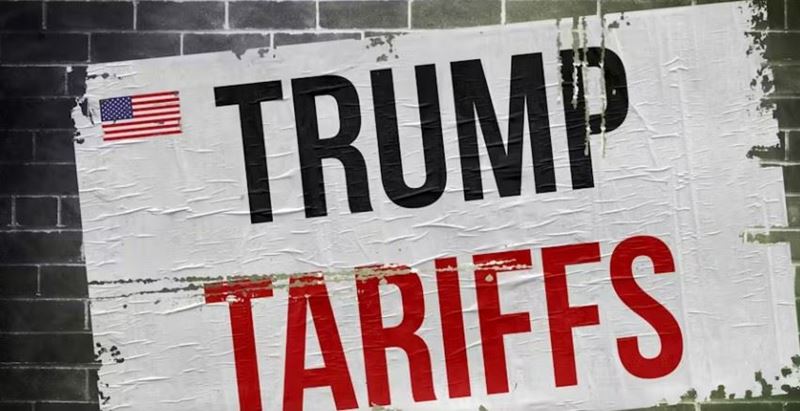
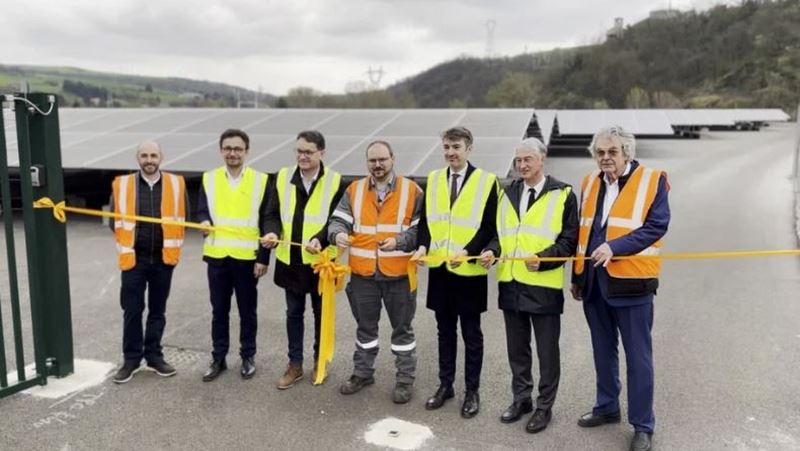
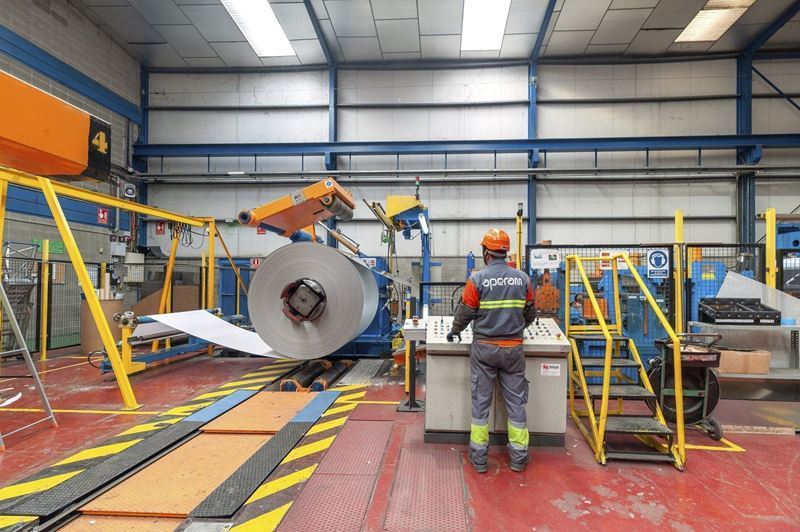

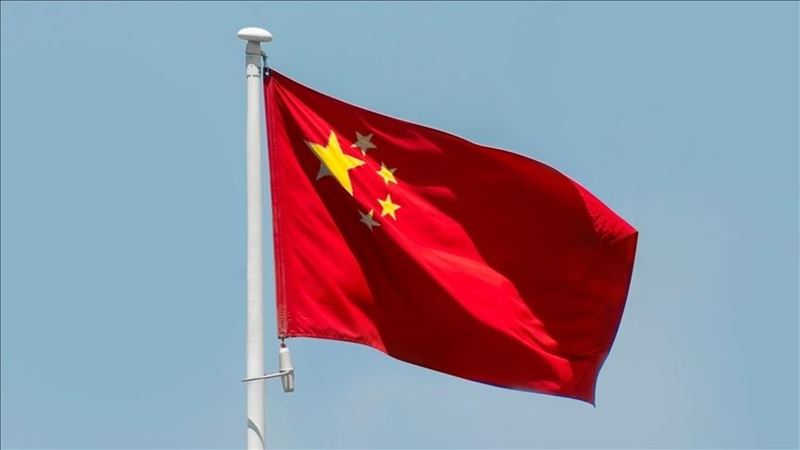

Comments
No comment yet.